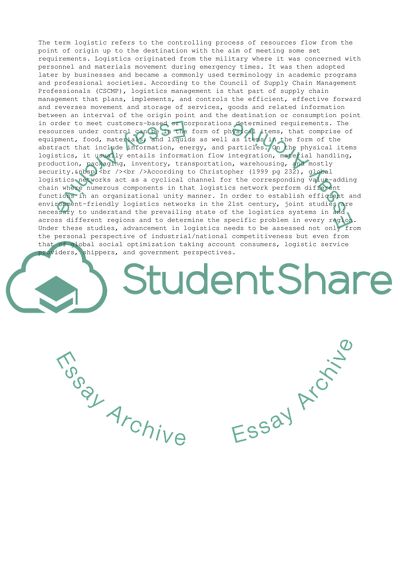Cite this document
(Logistic: Philippines-Australia Transportation Case Study, n.d.)
Logistic: Philippines-Australia Transportation Case Study. https://studentshare.org/management/1788443-logistic-essay
Logistic: Philippines-Australia Transportation Case Study. https://studentshare.org/management/1788443-logistic-essay
(Logistic: Philippines-Australia Transportation Case Study)
Logistic: Philippines-Australia Transportation Case Study. https://studentshare.org/management/1788443-logistic-essay.
Logistic: Philippines-Australia Transportation Case Study. https://studentshare.org/management/1788443-logistic-essay.
“Logistic: Philippines-Australia Transportation Case Study”. https://studentshare.org/management/1788443-logistic-essay.


